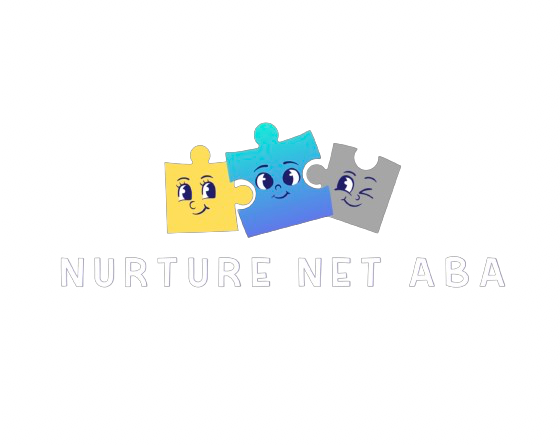ASSESSMENT
The "Assessment" section of the Registered Behavior Technician (RBT) exam covers essential skills and knowledge related to assessing behavior in individuals. This section is crucial for understanding how to identify, measure, and analyze behavior in a systematic and reliable way.
Here are some key areas and materials you should be familiar with for this section:
-
Behavior Measurement
- Data Collection: Understanding various data collection methods such as frequency, duration, latency, and interval recording.
- Data Recording: Knowledge of how to accurately record observed behaviors, ensuring data is reliable and valid.
- Graphing: Ability to graph data to visually represent behavior patterns over time
-
Preference Assessments
- Identifying Reinforcers: Techniques for determining what stimuli can serve as reinforcers for the individual.
- Conducting Assessments: Methods for carrying out preference assessments, such as paired choice, multiple stimulus without replacement (MSWO), and free operant.
-
Functional Behavior Assessment (FBA)
- Indirect Assessment: Using tools like interviews and questionnaires to gather information about the behavior.
- Direct Observation: Observing the individual in their natural environment to identify antecedents, behaviors, and consequences (the ABCs of behavior).
- Hypothesis Development: Formulating hypotheses about the functions of behavior based on the data collected.
-
Skill Assessments
- Conducting Skill Assessments: Evaluating the individual’s current skill levels in various domains (e.g., communication, social skills, daily living skills).
- Using Assessment Tools: Familiarity with standardized assessment tools and informal assessment methods to measure skill acquisition.
-
Behavior Assessment Tools and Techniques
- Assessment Instruments: Understanding the use and administration of specific assessment instruments like the VB-MAPP (Verbal Behavior Milestones Assessment and Placement Program), ABLLS-R (Assessment of Basic Language and Learning Skills-Revised), and others.
- Interpreting Results: Ability to analyze and interpret the results from various assessment tools to inform treatment planning.
